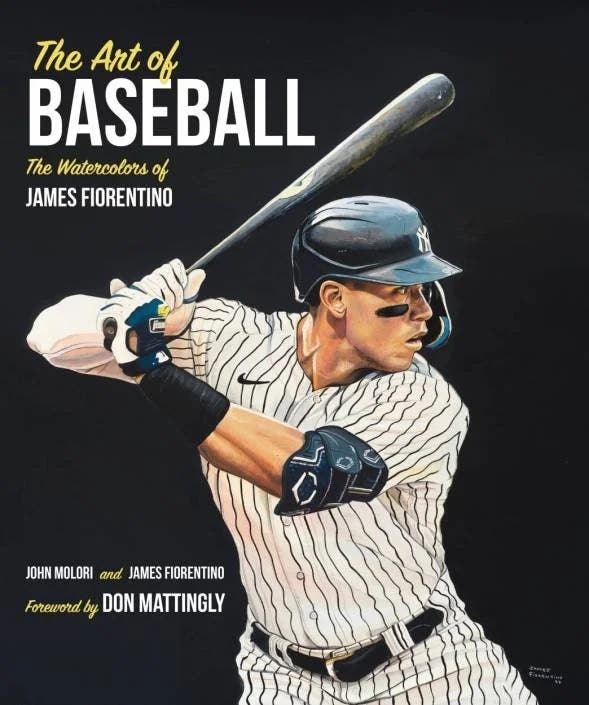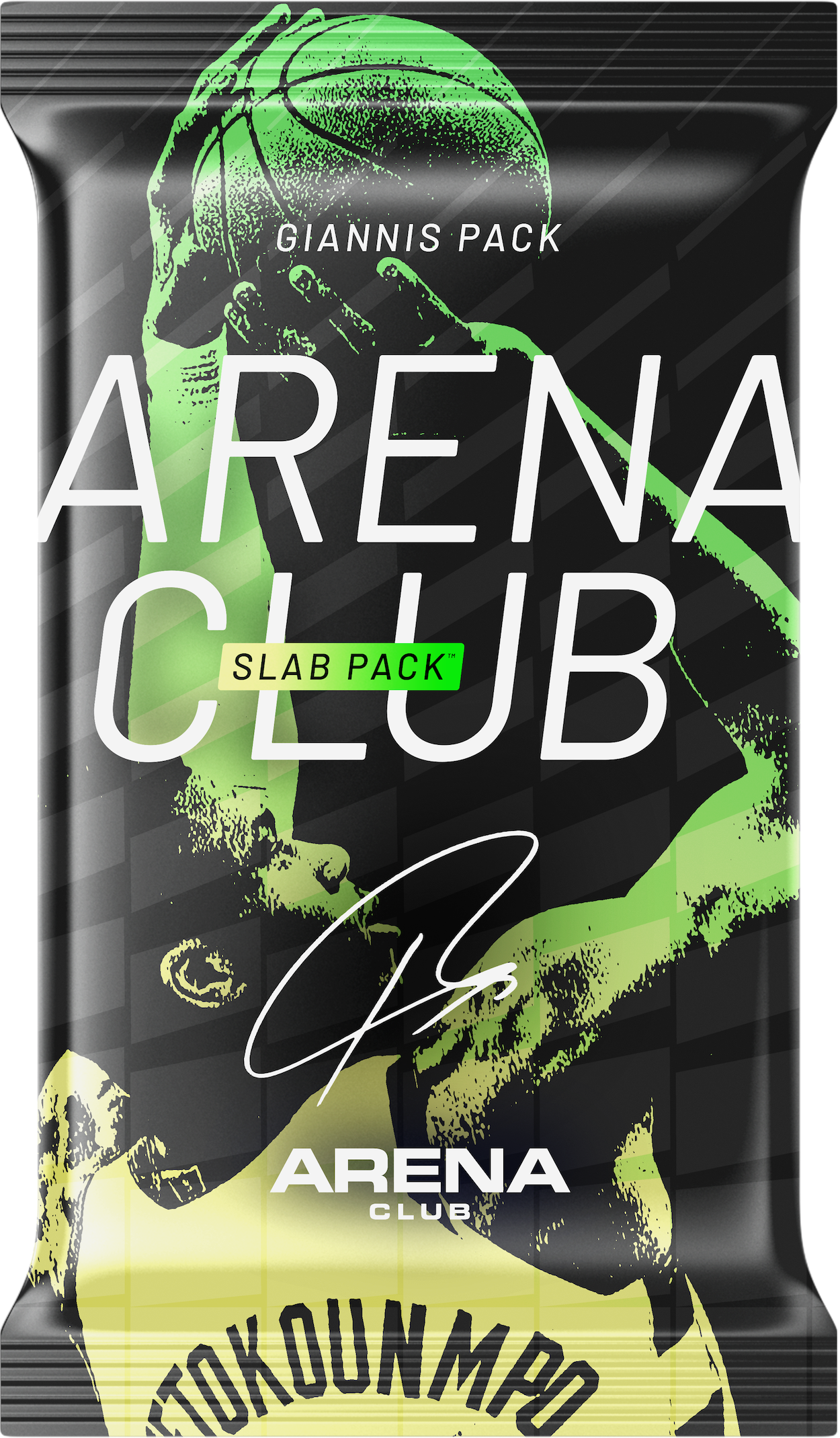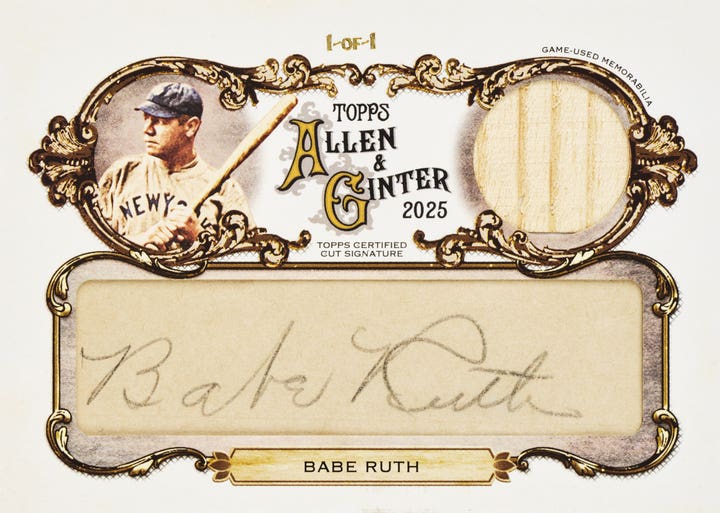News
An Interview With Former Coach and Announcer Bobby ‘Slick’ Leonard
By Joe Dynlacht
Almost like clockwork before every Indiana Pacers home game, Bobby “Slick” Leonard purchases a dish of butter pecan ice cream at one of the concession windows at Bankers Life Fieldhouse, and then winds his way through the crowd en route to the radio broadcast booth in the Club Level.
More often than not, however, he’ll be intercepted along the way by fans wanting an autograph, to pose for a picture or maybe just the opportunity to shake hands and talk basketball. Bobby Leonard is a basketball legend in Indiana, and on Feb. 14, he was elected to the Naismith Memorial Basketball Hall of Fame. He will be enshrined with former NBA Commissioner David Stern and the rest of the Class of 2014 in August in Springfield, Mass.
Leonard grew up in Terre Haute, Ind. He played guard for Indiana University from 1951-54, where he was a two-time All-American. In 1953, as team captain, he helped the Hoosiers win the national championship by sinking a game-winning free throw. He then went on to play in the NBA for seven seasons, spending the first five with the Minneapolis/Los Angeles Lakers (1956-57-1960-61). He landed in Chicago with the Packers for the 1961-62 season, by way of the NBA expansion draft, and spent his final season as an active player with the re-named Chicago franchise (the Zephyrs).
While Leonard enjoyed a distinguished collegiate and pro career as a player, he is probably best remembered outside the state of Indiana for his coaching prowess, having won three American Basketball Association (ABA) championships in four years. His coaching career began in 1962-63 during his final year as a player with the Zephyrs. He then coached one season for the Baltimore Bullets (the Zephyrs had relocated there during the 1963-64 season), but made his mark coaching the ABA and later the NBA versions of the Indiana Pacers.
Out of the basketball scene for a few years, the Pacers had come calling during its second year in existence in the new league, and asked Leonard to take over a team that had fired its coach only a few games into the 1968-69 season. In his first seven seasons with the team, the Pacers made the playoffs each year, reached the league finals four times and won three championships (1970, 1972 and 1973). Leonard stayed with the team through the difficult transition period during which the Pacers (and three other ABA teams) were assimilated into the NBA, but saw much of its talent depleted due to the inability of the front office to pay its marquee players.
After the transition, Leonard also assumed the role of general manager, while his wife Nancy became one of the first women to take on the role of assistant general manager, essentially overseeing all of the activities of the front office. Both served in those capacities through the 1979-80 season, after which they left the team to concentrate on other endeavors.
However, the Pacers once again came calling for Leonard in 1985, this time to ask him to provide color commentary for television, and then later, radio broadcasts. He currently works alongside play-by-play man Mark Boyle as color commentator for every home game. A banner hanging from the rafters at Bankers Life Fieldhouse commemorates the 529 games and three ABA championships won during his stint coaching the Pacers.
Indeed, it is Leonard’s coaching record that placed him on the precipice of basketball immortality in recent years. He appeared on the Hall of Fame’s ballot each of the past three years as a coach, and he was directly voted in by the Hall’s American Basketball Association Committee. Many basketball pundits have argued that Leonard might have been elected sooner had the ABA committee not opted to select two players (Roger Brown and Mel Daniels) long overdue for a Hall pass, and whom Leonard himself coached on those championship teams.
Despite the many demands of his time in the days leading up to the 2013-14 NBA season, Leonard enthusiastically allowed me to interview him after signing autographs for more than a hour as part of the Pacers preseason Fan Jam activities on Oct. 20, 2013 (well before he was announced as a member of the HOF Class of 2014). We talked about his days as a player in college and in the NBA and the glory days of the ABA (when he arguably coached the league’s only dynasty), and we talked about sports memorabilia.
Sports Collectors Digest (SCD): If you make it into the Hall of Fame, it’s likely you’ll get in on the strength of your fantastic coaching record, right?
Bobby Leonard (BL): I probably should turn them down, if that would be the case.
I came out of IU a two-time All-American, I was captain of two Big Ten Championship teams, an NCAA championship team and I was the Most Valuable Player in the East-West College All-Star team. And I played in the pro game. If that ain’t enough . . .
SCD: But you were a darned good coach.
BL: Oh, I had some fun coaching!
SCD: I’d read in a Sports Illustrated article from many years ago that Roger Brown once called you the greatest coach he ever saw in the last minute-and-a-half of a game.
BL: That’s when you’ve got to be good, in the last couple of minutes.
SCD: What set you apart from other coaches of your era?
BL: Well, everyone has their own style, but being a former player, I knew that games were lost or won in the last couple of minutes, so you’d really take a look at defensive and offensive weaknesses so that when you get to that point, you know exactly what to do.
SCD: What sets you apart from today’s coaches and how they manage the game?
BL: I had my own style, and they’ve got their own style, and that’s the way it should be. I didn’t go around shaking hands and all that kind of stuff like they do today. If you win a game, go on in the locker room. If you lose, who wants to go out and shake hands? Sportsmanship is taken for granted, and that’s the way it’s supposed to be, but you don’t have to baby everybody.
SCD: You played with Walt Bellamy when you were with the Zephyrs and Pacers…
BL: Yeah, I played with Walt. I just saw him at the Hall of Fame when Roger (Brown) was inducted. He was Rookie of the Year when he joined the NBA, and now he’s in the Hall of Fame.
(Author’s note: Bellamy passed away less than two weeks after the interview with Leonard was conducted.)
SCD: And you played with Elgin Baylor. He was a rookie when he joined your team, the Minneapolis Lakers, and Jerry West joined the team when they moved to L.A. But during the 1959-60 season, you and Baylor and Hot Rod Hundley and a couple of other players (Dick Garmaker and Frank Selvy) were known as the Dead End Kids. How would you have gotten that name?
BL: (Smiling) Well, you know, we were rambunctious young guys . . . but that’s the first time I really have ever heard that nickname. I’ve heard a lot of other names! But that was a good group there, with Jerry West and Elgin. I was with Elgin the night when he scored 71 at Madison Square Garden. As a matter of fact, they’re doing a documentary on me, and Jerry West and Elgin are going to be on it.
SCD: You had those guys playing with you in 1960-61, and that was a great year for you. You were a pretty good assist man.
BL: Oh, yeah, but back then you didn’t have the point guard. If you were a guard, you had to be able to do everything. You had to pass, play defense, score a little bit – you had to be a real player.
SCD: You had some pretty good talent that year; you must have felt like you could have won the championship that year.
BL: We were right there all the time. In ’59, we played the Celtics in the championship series. It was nice to get to the championship series, but you’ve got to win it. (The Lakers lost to the Celtics 4-0, and lost to the St. Louis Hawks, in seven games, in both the 1960 and 1961 Western Division Finals.)
SCD: Did you ever have to guard Bill Russell yourself?
BL: No, I never guarded Russell, but I guarded Cousy. You do the best you can, the guy was a marquee player, one of the all-time greats. That was a challenge to guard guys like that, but if you’re a competitor, that’s what it’s all about.
SCD: Were there any match-ups that drove you crazy?
BL: When you’re going against guys like Oscar Robertson, (Bob) Cousy, Hal Greer from Syracuse (Greer played for the Syracuse Nationals and was one of the NBA’s 50 Greatest Players), Sam Jones from Boston . . . those guys will drive you nuts! You’re not going to stop ’em. What you try to do is you just try to cut down on their scoring.
SCD: Do you still keep in touch with your former teammates?
BL: Well, I just saw Walt (Bellamy). I’ve seen Terry Dischinger (from the Zephyrs) this year. And then all of the players that I had…George McGinnis, Freddie Lewis, Mel Daniels, Bob Netolicky, Billy Keller. It’s an amazing thing, when you walk down the tunnel to play for a championship. At IU, when we won the NCAA championship in 1953, the camaraderie with that group of guys lasts forever. The same way with the three American Basketball Association championships that we won with the Pacers. Those guys . . . the camaraderie is still there to this day, because when you win championships, everybody has to make a contribution, and they did.
SCD: How did you become friends with Carl Erskine (another famous Hoosier native, who frequently plays the National Anthem on his harmonica before Pacers games)?
BL: In maybe 1946 or 1947, I was a freshman in high school and I was working at the ballpark in Terre Haute (Memorial Stadium) in the summertime selling cold drinks at 3I (Illinios-Indiana-Iowa) League games. People have to understand how good the 3I League was. Today, most of the guys go up through the system, Class B, then Class A, through Triple A. There were a lot of guys that went right from Class B in the 3I league to the major leagues . . . big time guys like Warren Spahn, Carl Erskine, Stan Lopata, Puddin’ Head Jones, Johnny Logan. That’s how good the 3I league was. When I was selling pop at the ballpark, Carl was pitching for the Danville (IL) Dodgers, and he was tough! Later on, I was coaching the Pacers, and Carl had this fundraiser for St. John’s Hospital from Anderson; they had a golf outing to raise money, and Carl wanted me to participate, which I did, and I’d been going over to see him and participate in his fundraisers for at least 20 years. We’ve had many really good visits over the years. Carl’s a wonderful man and a great pitcher.
SCD: Did you keep any memorabilia from your playing or coaching days?
BL: I did, but I didn’t make a point of keeping things. Nancy, my wife, kept a scrapbook of things from IU and from the pro game when I was a player. You get a basketball here and there. But I really didn’t collect memorabilia. I’ve got rings – my championship rings – but those are all off to the kids in the family. In fact, my daughter was in town last night and I gave her the ’53 NCAA championship ring. Nancy is wearing the third ABA championship ring.
(Author’s note: At this point in the interview, Leonard called Nancy over to our table, and she was kind enough to show me that beautiful ring. Unfortunately, the photograph of the ring did not turn out well!)
SCD: Was there anything that any of the players gave you as a memento, or anything else you’ve received that stands out?
BL: (Nancy then mentions the “71 cufflinks.”) When Elgin Baylor scored 71 against the Knicks at Madison Square Garden, they had little half-basketball cufflinks made up, and I’ve still got those.
SCD: Have you ever gone to card shows before? Have you ever gone to any shows to sign autographs for fans before?
BL: I’ve never done any card shows. But I went and took a look, when we had the American Basketball Association reunion here in Indianapolis at the RCA Dome. They had guys over there like Julius Erving and the place was packed with people. I just walked through there to see what it was all about, but I didn’t participate.
SCD: Well, sometimes I imagine it’s both a blessing and a curse to make it into the Hall of Fame. Everyone’s going to want Slick Leonard’s autograph after that . . .
BL: I already sign a lot of stuff. I get stuff from France, the Philippines, China – I don’t know how they get these bubble gum trading cards. They send them in the mail and they send a return envelope. About the cards, I remember that they gave you $15 to use your name and picture on a bubble gum card. But fans also make different things on the computer. They make some very fancy stuff. I don’t know how they do it. I just sign it and send it back.
SCD: What’s your biggest thrill, out of everything you’ve done?
BL: The biggest thrills were winning championships, because that’s what you’re in it for. I tell Nancy all the time, there’s only one three-letter word in sports, and I don’t care what level it’s at. You take the sportsmanship for granted, but there’s only one three-letter word, and its “win.” “W-i-n.” It’s thrilling to win some seventh games and advance to the next round, but the real thrill is when you win it all. So I’ve been there four times, once at IU, and three times in the American Basketball Association.
SCD: Where did “Boom Baby” come from? (Author’s note: “Boom Baby” is Leonard’s trademark phrase that he uses during broadcasts to denote a three-point basket made by the Pacers.)
BL: The first time I ever said it was when (I was coaching) a game out in Denver. Larry Brown was coaching the Denver Nuggets, seventh game in the playoffs and we were two points down. And we had the ball out of bounds at half court with seven seconds left to play. We had a timeout and we lined up a play to go directly from half court into McGinnis cutting into the low post. We set some picks, and we got the ball to him, but when we did, all five defenders just surrounded him. And he jumped up in the air and hit Billy Keller in the far corner, and as it left Billy’s hands, the gun went off. It went through the hoop . . . and I yelled out “Boom,” and then I said “Baby.” I just added “Baby” to it. That’s the first time I ever said it. And I didn’t say it after that until I started announcing games during the Reggie (Miller) era.
At age 81, Leonard still exhibits a sound basketball mind, and even though he is a treasure to Pacers fans and well-known to ABA aficionados, he carries himself with a folksy charm and a genuine sense of humility and gratitude to the fans in Indiana.
His enthusiasm during radio broadcasts is palpable and his commentary insightful. One gets the feeling that Bobby “Slick” Leonard could still devise game plans that would befuddle even today’s best coaches. With my interview winding down, I left Leonard with a request to organize a basketball fantasy camp for his fans. What could be better than learning basketball strategies from one of the masters?
(Author’s note: Several weeks after the interview but before this article was initially submitted to SCD, I became aware that Leonard’s autobiography had just been published. The book, Boom Baby!: My Basketball Life in Indiana, was written by Leonard and Lew Freedman, and contains a foreword by Larry Bird. It is currently available from Amazon and Barnes and Noble.)
By day, Joe Dynlacht is an Associate Professor at the Indiana University School of Medicine, but he enjoys being an occasional freelance contributor to SCD. Dr. Dynlacht may be contacted at joedynl@yahoo.com.








